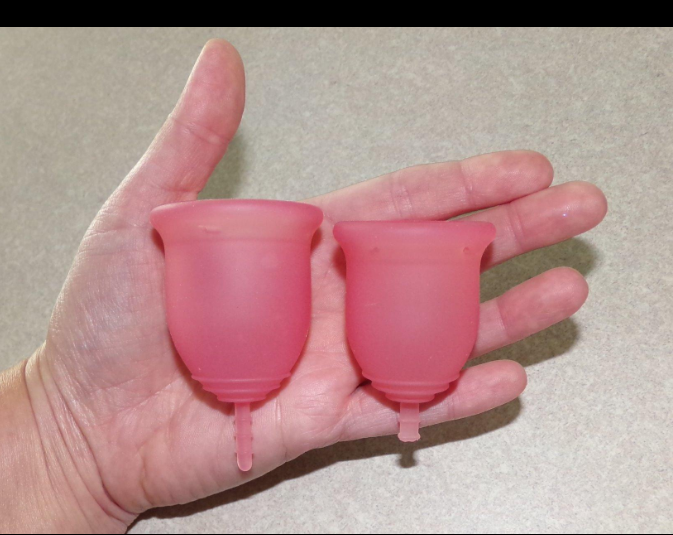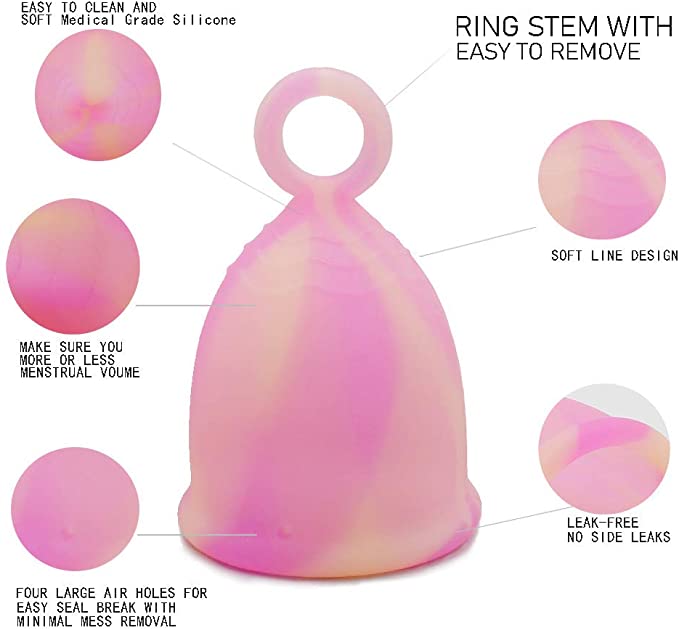Mouse Fibrinogen (Fbg) Elisa Kit User Manual Elisa kit Specification: 48-well configuration / 96-well configuration Standard dilution: 1.5ml × 1 bottle of enzyme label reagent: 3 ml × 1 bottle (48) / 6 ml × 1 bottle (96) [Mouse fibrinogen (Fbg) elisa kit] This reagent is for research use only: the concentration of the standard is used as the abscissa, the OD value is the ordinate, and the standard is drawn on the coordinate paper Curve, according to the OD value of the sample to find the corresponding concentration from the standard curve; multiply by the dilution factor; or use the standard concentration and OD value to calculate the linear regression equation of the standard curve, the sample OD value is substituted into the equation, calculated The sample concentration, multiplied by the dilution factor, is the actual concentration of the sample. Kit composition: sealing film: 2 pieces (48) / 2 pieces (96) Instructions: 1 sealed bag: 1 standard product: 2700ng / L 0.5ml × 1 bottle 0.5ml × 1 bottle at 2-8 ℃ to store enzyme Standard coated plate: 1 × 48 1 × 96 2-8 ° C Store sample dilution: 3ml × 1 bottle 6 ml × 1 bottle 2-8 ° C Store Developer A solution: 3ml × 1 bottle 6 ml × 1 bottle 2 -8 ℃ storage of developer B solution: 3ml × 1 bottle 6 ml × 1 bottle 2-8 ℃ storage stop solution: 3ml × 1 bottle 6ml × 1 bottle 2-8 ℃ storage concentrated washing solution: (20ml × 20 times) × 1 bottle (20ml × 30 times) × 1 bottle at 2-8 ° C. Experimental principle: This kit uses the double antibody sandwich method to determine the level of mouse fibrinogen (Fbg) in the specimen. Microporous plates were coated with purified mouse fibrinogen (Fbg) antibody to prepare solid-phase antibodies. Fibrinogen (Fbg) was added to the monoclonal antibody-coated microwells, followed by HRP-labeled fibrin The proprotein (Fbg) antibody binds to form an antibody-antigen-enzyme-labeled antibody complex, and after thorough washing, the substrate TMB is added for color development. TMB is converted into blue under the catalysis of HRP enzyme, and into the final yellow under the action of acid. The color depth is positively correlated with the fibrinogen (Fbg) in the sample. The absorbance (OD value) was measured with a microplate reader at a wavelength of 450 nm, and the concentration of mouse fibrinogen (Fbg) in the sample was calculated by a standard curve. Purpose: This kit is used to determine the content of fibrinogen (Fbg) in mouse serum, plasma and related liquid samples. Service commitment:? Delivery period: payment to delivery. Free technical consultation and guidance during working hours? Please call to provide customers with sample testing services to maximize the validity of the experimental results (free substitute testing). Storage conditions and validity period: Kit storage: 2-8 ℃ | Validity period: 6 months [Mouse fibrinogen (Fbg) elisa kit] Sample processing and requirements: 1. Serum: room temperature blood naturally coagulates for 10-20 minutes , Centrifuge for about 20 minutes (2000-3000 rpm). Collect the supernatant carefully and centrifuge again if a precipitate appears during storage. 2. Plasma: EDTA or sodium citrate should be selected as the anticoagulant according to the requirements of the specimen, mixed for 10-20 minutes, and centrifuged for about 20 minutes (2000-3000 rpm). Collect the supernatant carefully. If a precipitate forms during storage, it should be centrifuged again. 3. Urine: collected in a sterile tube and centrifuged for about 20 minutes (2000-3000 rpm). Collect the supernatant carefully. If a precipitate forms during storage, centrifuge again. Pleural and ascites, cerebrospinal fluid reference implementation. 4. Cell culture supernatant: When detecting secreted components, collect with a sterile tube. Centrifuge for about 20 minutes (2000-3000 rpm). Collect the supernatant carefully. When detecting the components inside the cells, dilute the cell suspension with PBS (PH7.2-7.4), the cell concentration will reach about 1 million / ml. Through repeated freezing and thawing, the cells are destroyed and the intracellular components are released. Centrifuge for about 20 minutes (2000-3000 rpm). Collect the supernatant carefully. If a precipitate forms during storage, it should be centrifuged again. 5. Organize the specimen: after cutting the specimen, weigh it. Add a certain amount of PBS, PH7.4. Quickly freeze and save with liquid nitrogen for later use. After the specimen melts, it still maintains a temperature of 2-8 ° C. Add a certain amount of PBS (PH7.4) and homogenize the specimen with a manual or homogenizer. Centrifuge for about 20 minutes (2000-3000 rpm). Collect the supernatant carefully. After aliquoting, a portion is to be tested, and the rest is frozen for future use. 6. The specimen should be extracted as soon as possible after collection. The extraction should be carried out according to relevant literature. The experiment should be carried out as soon as possible after extraction. If the test cannot be performed immediately, the specimen can be stored at -20 ° C, but repeated freezing and thawing should be avoided. 7. Samples containing NaN3 cannot be detected because NaN3 inhibits HRP activity. Operating steps Dilution and sample loading of standards: set up 10 wells of the standard on the enzyme-coated plate, add 100 μl of the standard in the first and second wells, and then add the standard in the first and second wells 50μl of diluent, mix well; then take 100μl from the first well and the second well and add them to the third and fourth wells respectively, and then add 50μl of standard diluent to the third and fourth wells respectively, mix well; Then take 50μl each in the third and fourth wells and discard it, then add 50μl each to the fifth and sixth wells, and then add 50ul of the standard dilution solution to the fifth and sixth wells respectively, and mix well; After mixing, take 50μl from the fifth and sixth wells and add them to the seventh and eighth wells respectively. Then add 50μl of the standard dilution solution to the seventh and eighth wells respectively. Take 50μl from the eight wells and add them to the ninth and tenth wells. Then add 50μl of the standard dilution solution to the ninth and tenth wells. After mixing, take 50μl from the ninth and tenth wells and discard. (After dilution, the volume of each well is 50μl, and the concentrations are 1800ng / L, 1200ng / L, 600ng / L, 300ng / L, 150ng / L). Sample addition: set up blank wells (the blank control wells do not add samples and enzyme reagents, the rest of the steps are the same) and the sample wells to be tested. Add 40μl of sample diluent to the test sample well of the enzyme-coated plate, and then add 10μl of the sample to be tested (the final dilution of the sample is 5 times). Add the sample and add the sample to the bottom of the well of the microplate, try not to touch the wall of the well, shake gently to mix. Incubation: Seal the plate with a sealing film and incubate at 37 ° C for 30 minutes. Mixing solution: Dilute 30 times (20 times of 48T) concentrated washing solution with distilled water 30 times (20 times of 48T) and then reserve. Washing: Carefully peel off the sealing film, discard the liquid, spin dry, fill each well with the washing solution, let it stand for 30 seconds, then discard, repeat 5 times and pat dry. Enzyme addition: Add 50μl of enzyme label reagent to each well, except for blank wells. Incubation: The operation is the same as 3. Washing: The operation is the same as 5. Color development: Add 50μl of developer A to each well, then add 50μl of developer B, mix gently, and develop at 37 ° C in the dark for 15 minutes. Termination: Add 50μl of stopper solution to each well to stop the reaction Li to yellow). Measurement: The absorbance (OD value) of each well was measured in sequence with the blank air conditioner at zero and 450 nm wavelength. The measurement should be carried out within 15 minutes after adding the stop solution. [Mouse fibrinogen (Fbg) elisa kit] Note: The kit should be taken out of the refrigerated environment and equilibrated at room temperature for 15-30 minutes before use. Should be stored in a sealed bag. Crystals may be precipitated in the concentrated washing liquid, which can be heated and dissolved in a water bath during dilution, and the results will not be affected during washing. The sampler should be used at each step of sample addition, and the accuracy should be regularly checked to avoid test errors. It is best to control the sampling time within 5 minutes. If there are many specimens, it is recommended to use a volley gun to add samples. Please make a standard curve at the same time of each measurement, it is best to make a double hole. If the content of the test substance in the specimen is too high (the OD value of the sample is greater than the OD value of the first well of the standard well), please first dilute it with a certain multiple (n times) of the sample diluent and then determine it. When calculating, please multiply the total dilution Multiple (× n × 5). The sealing film is limited to one-time use to avoid cross-contamination. Please keep the substrate away from light. Carry out the operation in strict accordance with the instructions. The test result must be determined by the reading of the microplate reader. All samples, washing liquid and various wastes should be treated as infectious agents. The components of different batches of this reagent shall not be mixed. 10. If there is any difference with the English manual, the English manual shall prevail. Kit performance: 1. The linear regression of the sample and the expected concentration correlation coefficient R value is above 0.95. 2. The batch and approval should be less than 9% and 11% respectively. Detection range: 0.2IU / L-6IU / L Provide various species and various series of ELISA scientific research test kits. Purchase any kind of Elisa kits of our company, can provide on behalf of testing services, spot direct sales, quality is guaranteed, the goods can be shipped on the same day, free home delivery, please contact our customer service, 60496050
Gentle Super Soft Medical-Grade Silicone - flexible, easy to insert and comfortable to wear. Perfect for those with bladder sensitivities or discomfort with firmer cups. Ultrasoft stem can be trimmed.Comfortable To Wear & Easy To Remove - Easy grip stem for ease of removal and ridge-less body so it`s simple and easy to clean. Leak Free and safe to be worn overnight
Our main business is customization Silicone Phone Case,Silicone Rubber Sealing Ring Gaskets Grommets Accessories, Silicone Bracelets, Silicone Watchband, Silicone Keychains, Silicone Kitchenware. Silicone Spoon ,Silicone Stopper, Silicone Placemat Silicone Scrubber,Silicone Baby Products, Silicone Backpack ,Silicone Pet Supplies If you are interested, please consult


Menstrual Cup
Menstrual Cup,Soft Reusable Period Cup,Menstrual Cup Reusable Period,Disposable Menstrual Cup
Shenzhen Yindingsheng Technology Co., Ltd , https://www.oemsiliconeyds.com

